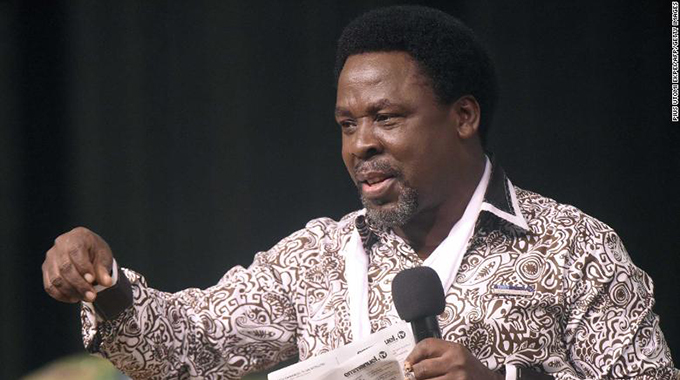Private cotton firms face collapse

Martin Kadzere
The move to subsidise cotton farmers funded by Government will push the private sector out of business, industry players have warned.
The Government announced on Tuesday only farmers sponsored under thePresidential Inputs Scheme will get a subsidy.
The producer price was set at $85 per kilogramme, which cotton companies say it uneconomic.
The price is considered to be just above US$1 using the official exchange rate, which arguably makes Zimbabwe the highest paying country.
Tanzania is paying 36 US cents per kg, Malawi US32c and Zambia 31 US cents per kg. The Ginners Association of Zimbabwe had proposed between 30 US cents and US35 US cents.
The Government, through The Cotton Company of Zimbabwe (Cottco), supports about 80 percent of cotton growers.
“This will definitely crowd out private players because with no subsidy, they are out of business,” said Carlos Tadya, an analyst with a local research firm.
“…And who would also want to be contracted (by private companies) when others (State sponsored growers) are getting more money. This will cause serious chaos and rampant side marketing and major losers in this whole thing are private players.”
In her post Cabinet briefing on Tuesday, Information, Publicity and Broadcasting Services Minister Monica Mutsvangwa, said a price subsidy will be availed to Cottco only for the Presidential Input Scheme, with part of the payment being in foreign currency at a rate of US$10 per bale.
The CGA said it will continue engaging the Government.
Some industry players said crowding out private players was at variance with Government’s earlier position of developing a private sector led cotton sector.
In November last year, Minister of Lands, Agriculture, Fisheries, Water and Rural Settlement Dr Anxious Masuka challenged the cotton industry to look at funding models that would allow the participation of private players other than Cottco.
“He had set the tone for what the Government wanted and private companies welcomed the new direction the government wanted to take,” said one executive with a local private cotton merchant.
“The decision not to pay subsidy to farmers contracted by private companies will push us out of business.”
Deliveries have started and as at 3 June 2021, Mashonaland Central had received 560 tonnes, Mashonaland East, 360 tonnes; Manicaland, 764 metric tonnes; Masvingo, 5 800 tonnes; Mashonaland West, 6 300 tonnes and Midlands 2 900 tonnes.
Cotton, once one of the country’s largest foreign currency earners, had lost glitter as farmers shunned the crop due to lack of funding and poor prices offered by producers.
As a result of inadequate levels of inputs and agronomic support by cotton merchants, which led to low yields, side-marketing and poor debt recovery in the past few years, the industry almost collapsed.
Poor debt recoveries also resulted in the crop’s contractors perceiving high levels of risk and consequently cutting back on inputs financing. In 2015, output fell to 28 000 tonnes, the lowest since 1992.
But following initiatives such as the Presidential Cotton Inputs and the export incentive schemes, production has been on the increase.











Comments